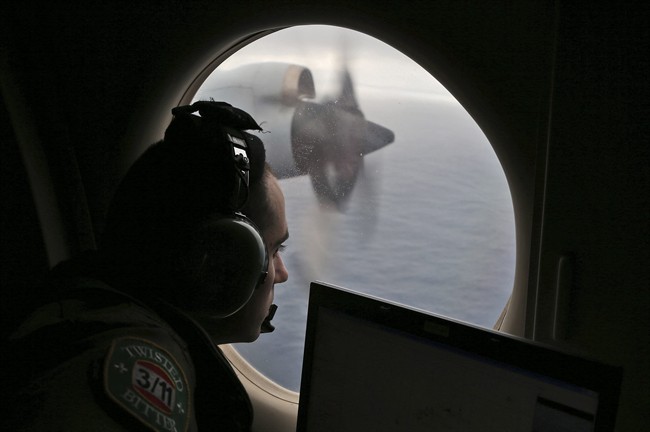SYDNEY, Australia – A team of international investigators hunting for missing Malaysia Airlines Flight 370 said Tuesday it has concluded the plane is unlikely to be found in a stretch of the Indian Ocean search crews have been combing for two years, and may instead have crashed in an area farther to the north.

The conclusion raises the prospect that the search for the Boeing 777 could continue well beyond next month, when crews are expected to finish their deep sea sonar hunt of the current search zone west of Australia.
READ MORE: Flight MH370 was deliberately landed in the ocean: aviation expert

The latest analysis of the plane’s whereabouts comes in a report from the Australian Transport Safety Bureau, which is leading the search for the aircraft. The report is the result of a November meeting of international and Australian experts who re-examined all the data used to narrow down the search area for the Boeing 777, which vanished during a flight from Kuala Lumpur to Beijing on March 8, 2014, with 239 people on board.
In the years since the plane disappeared, experts have analyzed a series of exchanges between the aircraft and a satellite to estimate a probable crash site along what’s known as the seventh arc — a vast arc of ocean that runs through the southern hemisphere. A deep sea search of a 120,000-square kilometre (46,000-square mile) stretch of water along the seventh arc has so far come up empty.

Get breaking National news
READ MORE: Wing part found on Mauritius confirmed to be part of MH370 (Oct. 2016)
In November, the experts went back over the satellite data, along with the results of a new ocean drift analysis of the more than 20 items of debris likely to have come from the plane that have washed ashore on beaches throughout the Indian Ocean. The analysis, which looked at where the items washed ashore and when, suggested the debris originated in an area farther north along the arc from the current search zone.
- Mohamed Al-Fayed, whose son died with Princess Diana, accused of multiple rapes
- 12-year-old shoots, kills black bear attacking his dad in Wisconsin
- Israel says it made ‘targeted strike’ in Beirut as Lebanon reels from pager blasts
- Anxiety in Lebanon after pager explosions trigger a nation already on edge





Comments